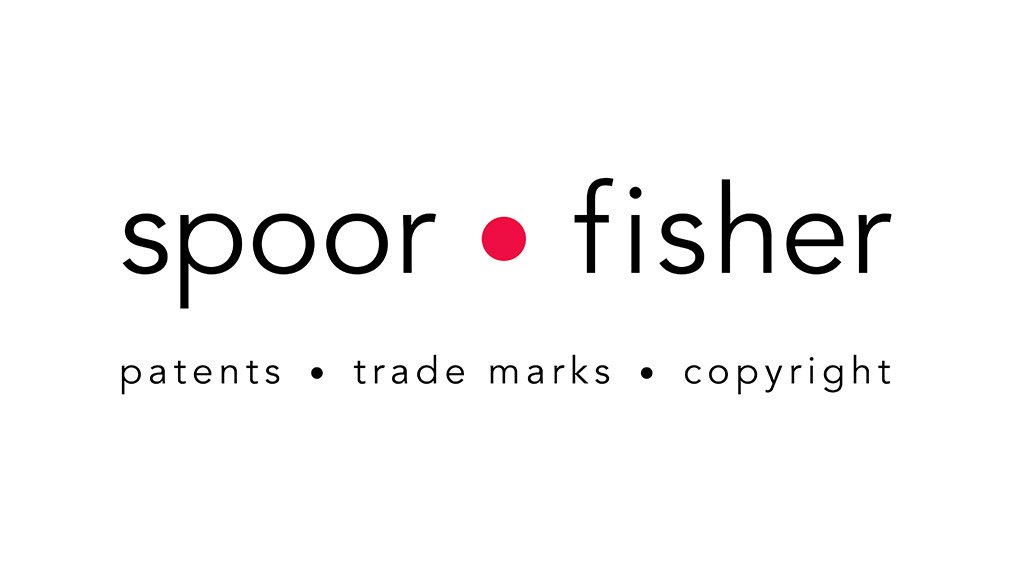The law sometimes references hypothetical persons, such as a “reasonable person” or the “average consumer,” as a measure of standard in law. These standard terms serve as a measure of whether a person has acted with the requisite care reasonably or typically expected of someone in their role / position.
Trade mark law is no exception with the court often being required to place itself in the shoes of the “average consumer,” when considering whether two trademarks are confusingly similar for the purposes of trade mark oppositions, infringement or passing-off proceedings.
This average consumer is representative of the average person, who would likely be purchasing the relevant goods or services. Consideration is given to a number of factors, including the intelligence and education levels of the average consumer and the level of care exercised when making purchasing decisions.
The “moron in a hurry”
Antithetical to the average consumer, stands the lesser known, but far more amusingly named “moron in a hurry”. The “moron in a hurry” was first coined in 1978 in the UK High Court case of Morning Star Cooperative Society v Express Newspapers, when Justice Peter Foster, tasked with considering whether a new tabloid, the “DAILY STAR” was sufficiently similar to the left-leaning political publication “MORNING STAR” to cause consumer confusion, remarked:
“if one puts the two papers side by side, I for myself would find that the two papers are so different in every way that only a moron in a hurry would be misled.”
This amusing turn-of-phrase has been repeated in a number of subsequent cases around the world, perhaps most famously in legal arguments brought in the 2006 case between the Beatles’ record label, Apple Corps, and Apple Computer Inc., with Apple Computer arguing that "[e]ven a moron in a hurry” would not confuse iTunes and the Apple Corps record label.
Confusion is real law
While seemingly nothing more than a snarky way to dismiss arguments of confusing similarity, contrasting the “moron in a hurry” with the “average consumer” actually exemplifies an important principle in trade mark law - implicit in the “moron in a hurry” paradigm, is the fact that there is a degree of confusion and subjectivity about expected behaviour, which is legitimate and excusable.
As explained by the court in Cape Town Lodge CC v Registrar of Close Corporations¸ even if there is some measure of confusion between the relevant marks, [passing-off] could only be proved if the ordinary customer, who is not to be regarded as a “moron in a hurry”, would be confused.
Similarly, in Link Estates (Pty) Ltd v Rink Estates (Pty) Ltd, the court held that
“even if confusion does occur in a given case, the Court's protection is not afforded where such confusion is the result of careless or thoughtless conduct on the part of the persons deceived.”
While trade mark law is therefore, amongst other things, aimed at protecting against consumer confusion, the consumer it is protecting, is not the one rushing through Checkers with one eye on their mobile phone and the other on the cereal aisle.
This is however also not to say that, for the purposes of trade mark law, all consumers are considered to be members of MENSA or that the comparison must involve extreme scrutiny before the marks can be considered confusingly similar.
The average consumer informing the courts assessment falls on neither end of the intelligence or care scale but is instead a person of average intelligence buying with ordinary caution (Plascon-Evans Paints Ltd v Van Riebeeck Paints (Pty) Ltd).
The “moron in a hurry” test is also often, as can be seen in the Apple-case, used to set the lowest bar for consumer discernment, i.e. if not even a moron in a hurry would be confused between two marks, there is no reasonable likelihood of confusion. In this sense, the “moron in a hurry” test can be a useful tool in the initial consideration of merit in a trade mark or passing-off case.
While the “moron in a hurry” may not be the most flattering of the legal hypotheticals, it serves a useful purpose, both as a litmus test for obviously dissimilar trade marks, and as a juxtaposition to the “average consumer”. The test highlights that the mere possibility of confusion does not necessarily mean that the marks would be confusingly similar to the average consumer.
When South African judges tasked with assessing the similarity of trade marks transport themselves from the court room to the marketplace and don the shoes of the hypothetical consumer, one therefore hopes that they will act as a reasonable, appropriately intelligent consumer, instead of Justice Foster’s “moron in a hurry”.
Written by Heili Potgieter, Associate; supervised by Carl van Rooyen, Partner at Spoor & Fisher
EMAIL THIS ARTICLE SAVE THIS ARTICLE ARTICLE ENQUIRY FEEDBACK
To subscribe email subscriptions@creamermedia.co.za or click here
To advertise email advertising@creamermedia.co.za or click here











